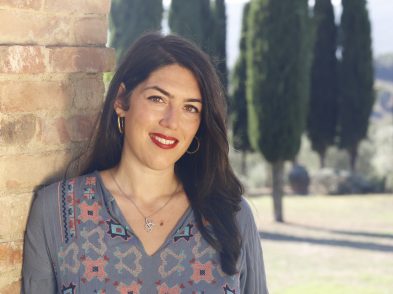New Hampshire-based author and TV anchor Mary Ann Esposito has devoted her 30-year career to championing Italian regional cuisines. In this interview, the host of America’s longest-running television cooking program, Ciao Italia, recalls the beginnings of her love for Italian food, explains the charitable work carried out by her foundation and humbly plays down the distinguished achievements of being awarded an Italian knighthood and the Premio Artusi.
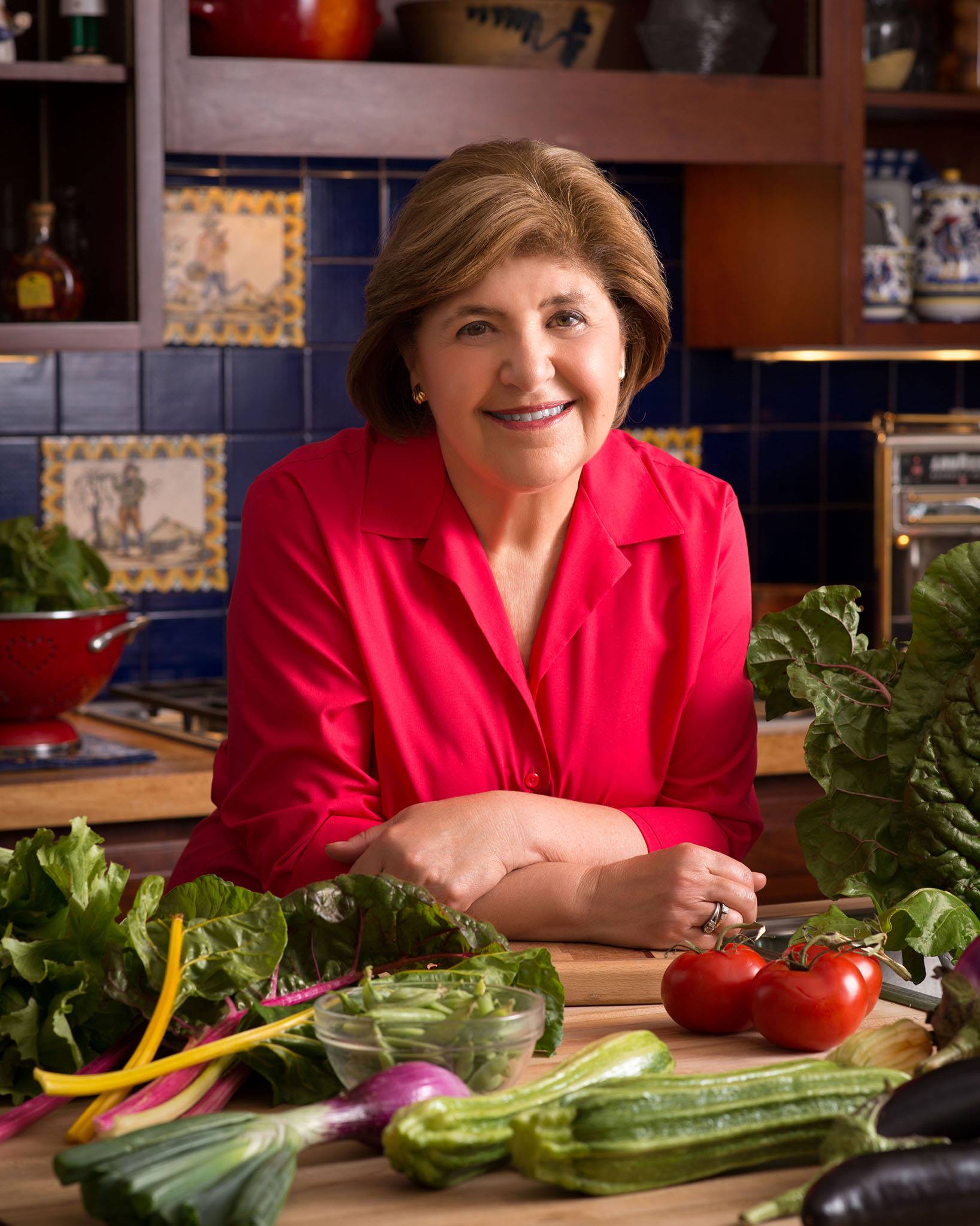
Helen Farrell: How did you get into TV initially?
Mary Ann Esposito: I grew up in a Neapolitan household where everyone spoke dialect. My mother and grandmother were in the food business, so I learned very quickly about real Italian food. I shied away from it. Because I was a kid, I didn’t want to eat a frittata sandwich when everyone had a peanut butter and jelly one, so I put that heritage in the background. Then I went to university to get my master’s degree in Italian history and my thesis was on Pellegrino Artusi’s Renaissance cookbook that I had to translate from the original Tuscan, which wasn’t easy! As I was doing this, I had an epiphany that I had to make a trip to Italy.
HF: What are your memories from that first visit?
Mary Ann: I went to Italy in 1989 and that was really a lightbulb moment for me. Everything I had grown up with, everything those women had told me, everything those women did, was true. The food was beautiful, the people, art and architecture, everything was beautiful! I came back really enthused by all of that. I had been teaching adult education classes on Italian regional food and my husband said to me, “Now that you’ve been to Italy, maybe you could do a small cable show for the local community.” I said, “What do I know about regional Italian food?”
I live in New Hampshire, where you can hardly find an Italian, so they are not going to understand terms like ossobuco and farina. They’re into chuck roast and maple syrup! I went to the TV station and told them when I want to do: 13 shows on Italian regional food. They looked at me strangely—they had no idea what I was talking about—and said no. I went back to what I was doing, the adult classes, I got my master’s degree, and about a year later the TV station called me because they had built a new studio: We have this proposal from you, we’d like you to do a pilot show for us. They filmed the show at my house, it was dining al fresco. For 26 minutes of video, it took from 7am to 8pm, because of all the technical stuff. When it was over, I was physically and mentally tired, and I thought, I never want to do anything like that again.
HF: Why do you think the show proved to be such a success in the long term?
Mary Ann: I think I was just in the right place at the right time. In 1989, all of a sudden, the world was hearing about the Mediterranean diet, how good it was for you and the thing you should be adding is extra-virgin olive oil. That launched me. They set up the 13 shows and got good reviews. Eventually, they came back to me and they said, “We want to do 26 shows now!” The second series went to PBS. Now Ciao Italia is in its 30th season nationwide and I’ve written 13 books on Italian regional food. The point is that I’ve studied this cuisine for 30 years and I’m just scratching the surface. There is so much to know about Italian regional food.
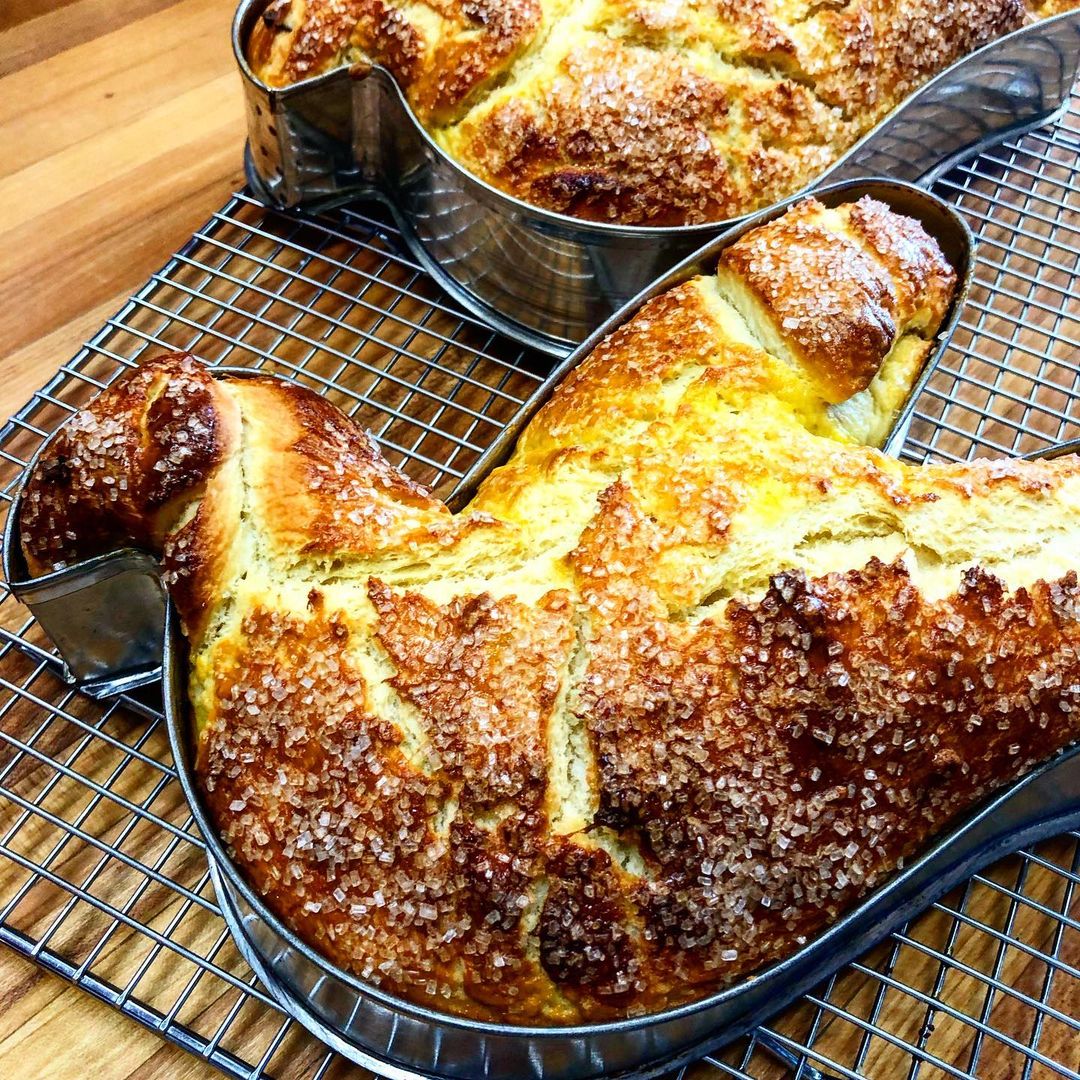
A colomba cake baked in the Ciao Italia kitchen / IG: @ciaoitaliashow
HF: I couldn’t agree with you more on that. What’s your take on Tuscan food? Do you have some favorites that you like to replicate at home?
Mary Ann: I’ve been to Tuscany and filmed in Florence many times. Not so long ago we filmed at the Castello Banfi vintners in Montalcino. One of my favourite Tuscan recipes right now is pappa al pomodoro, which I love, but it’s very difficult to recreate. This is what I tell people: here’s a cookbook. It tells you about Italian regional food. You can come very close, but you can never duplicate it. You don’t have that terra, those tomatoes coming from Mount Vesuvius soil, that bistecca from Florence. I try my best to use as many Italian products as I can get. For instance, DOP tomatoes. Everyone thinks they’re growing San Marzanos, but they’re not because they aren’t in San Marzano. You’re growing a plum tomato. There are so many other recipes I love: pici with venison sauce, artichokes, porchetta. I’m always researching and bringing new things to people, so they don’t think Italian food is spaghetti and meatballs.
HF: It’s hard for me as someone who lives here to reconcile that we are still thinking about Italian food in that way.
Mary Ann: That’s the mission of Ciao Italia. To dispel the myths about Italian cuisine and to give people a really good sense of why these recipes are what they are: what determines them, their history, the culture, where they’re grown. I love doing that because, essentially, I love history.
HF: Your efforts in educating about Italian regional food have been rewarded with a knighthood from the Italian Republic and the Premio Artusi. How did it feel to receive these high-level recognitions from Italy?
Mary Ann: I was just humbled by all of it. I was only doing what I love, telling the story of Italian regional foods and history. If I could, in my small way, make that clearer to people and show Italians in a positive light, I felt like I was doing it justice. I’m proud of my heritage and I just wanted to show that, so getting those awards for me was like God letting you into the kingdom.
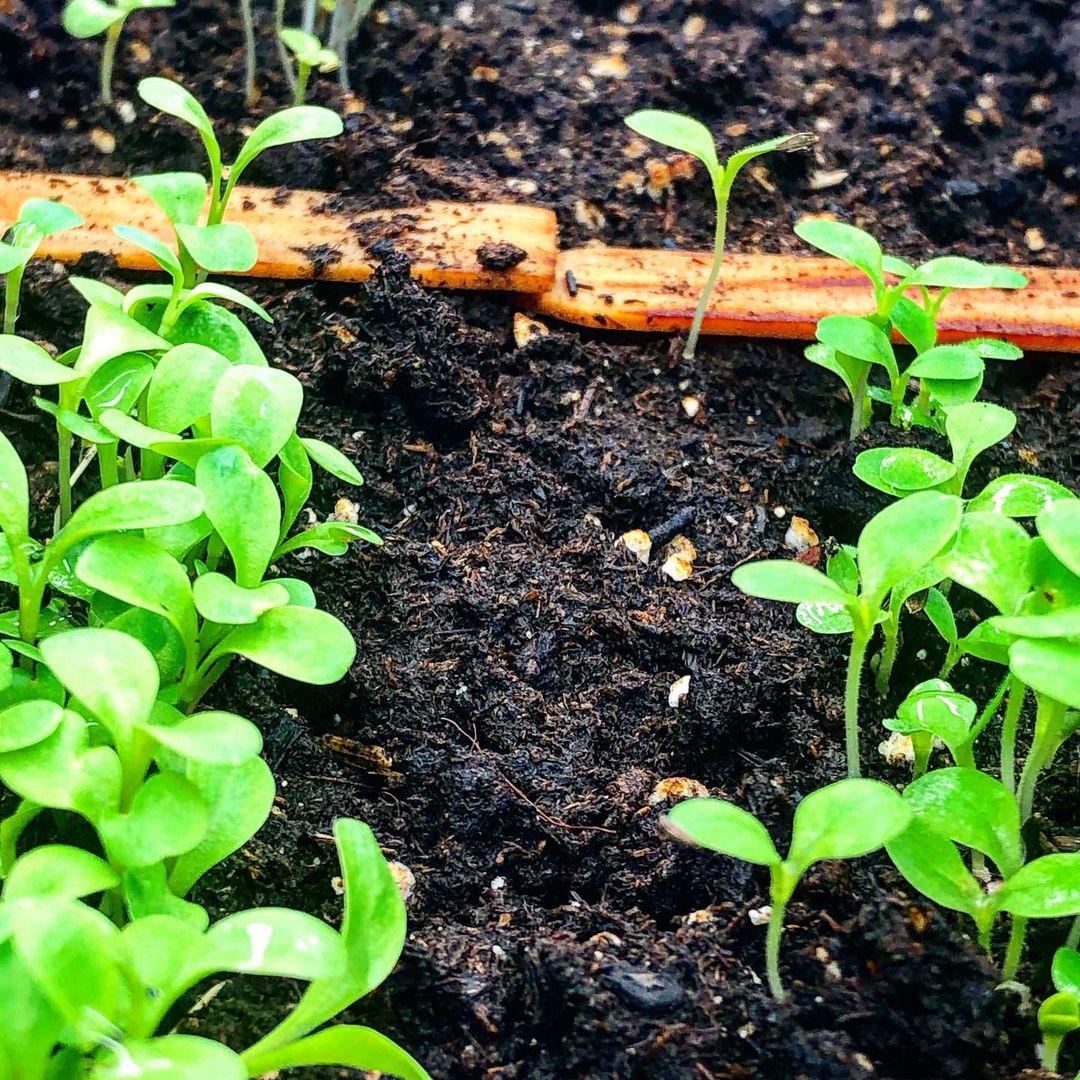
Lettuce seedlings growing in the Ciao Italia kitchen / IG: @ciaoitaliashow
HF: Could you tell us a bit more about your foundation?
Mary Ann: I started the foundation to help students who are aspiring to become chefs apply for scholarships at the likes of New York City Tech, Johnson & Wales (Rhode Island) and Boston University. The students have to write a paper on a specific region in Italy and create a three-course menu based on specific ingredients from that region and present it; we get to critique and taste it. There’s also a second tier of the foundation: to create a library legacy online of regional Italian food. It was a way for me to give back.
HF: What are you working on presently?
Mary Ann: I’m working on a new book about Italian vegetables. I’m not just writing a book about vegetables; I’m also giving you a how to on how to plant them. It’s pretty timely since everyone is gardening in the pandemic.
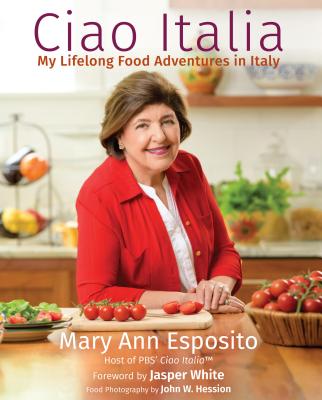
Visit www.ciaoitalia.com to find out more about Mary Ann Esposito’s projects.
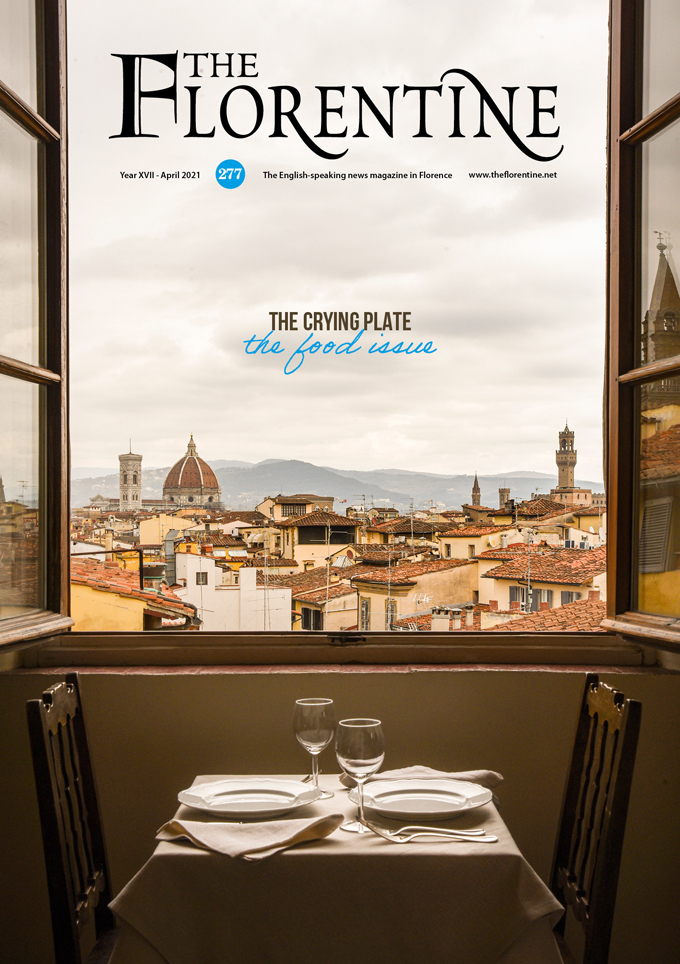
This article was published in Issue 277 of The Florentine.


